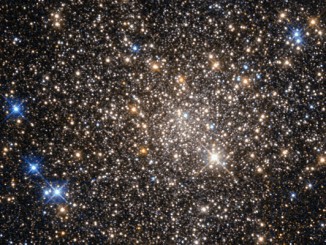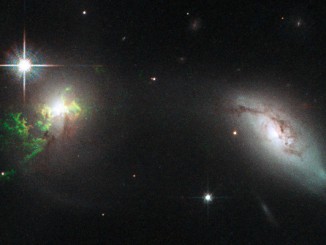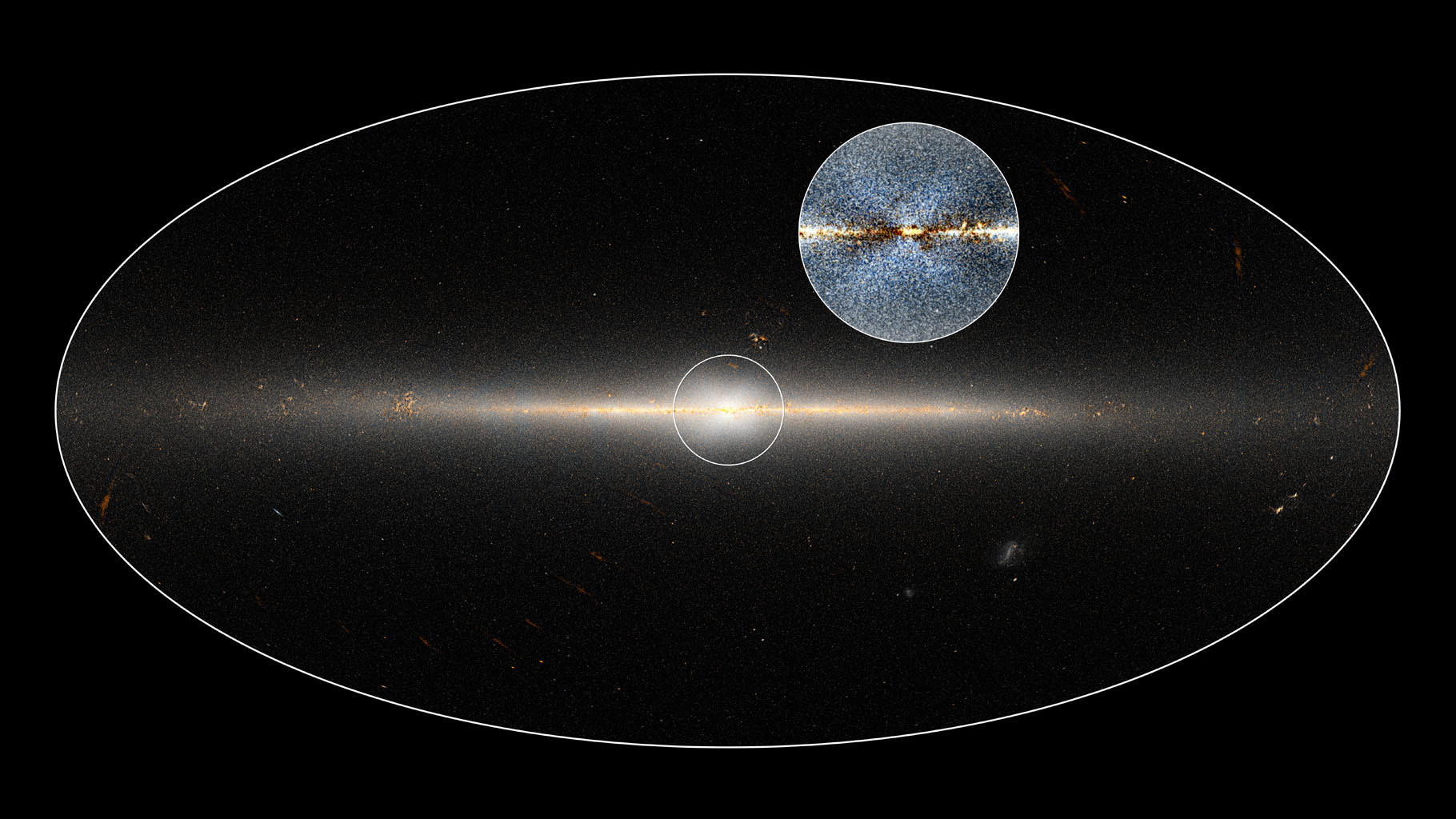
Previous computer models, observations of other galaxies, and observations of our own galaxy have suggested that the X-shaped structure existed. But no one had observed it directly; and some astronomers argued that previous research that pointed indirectly to the existence of the X could be explained in other ways.
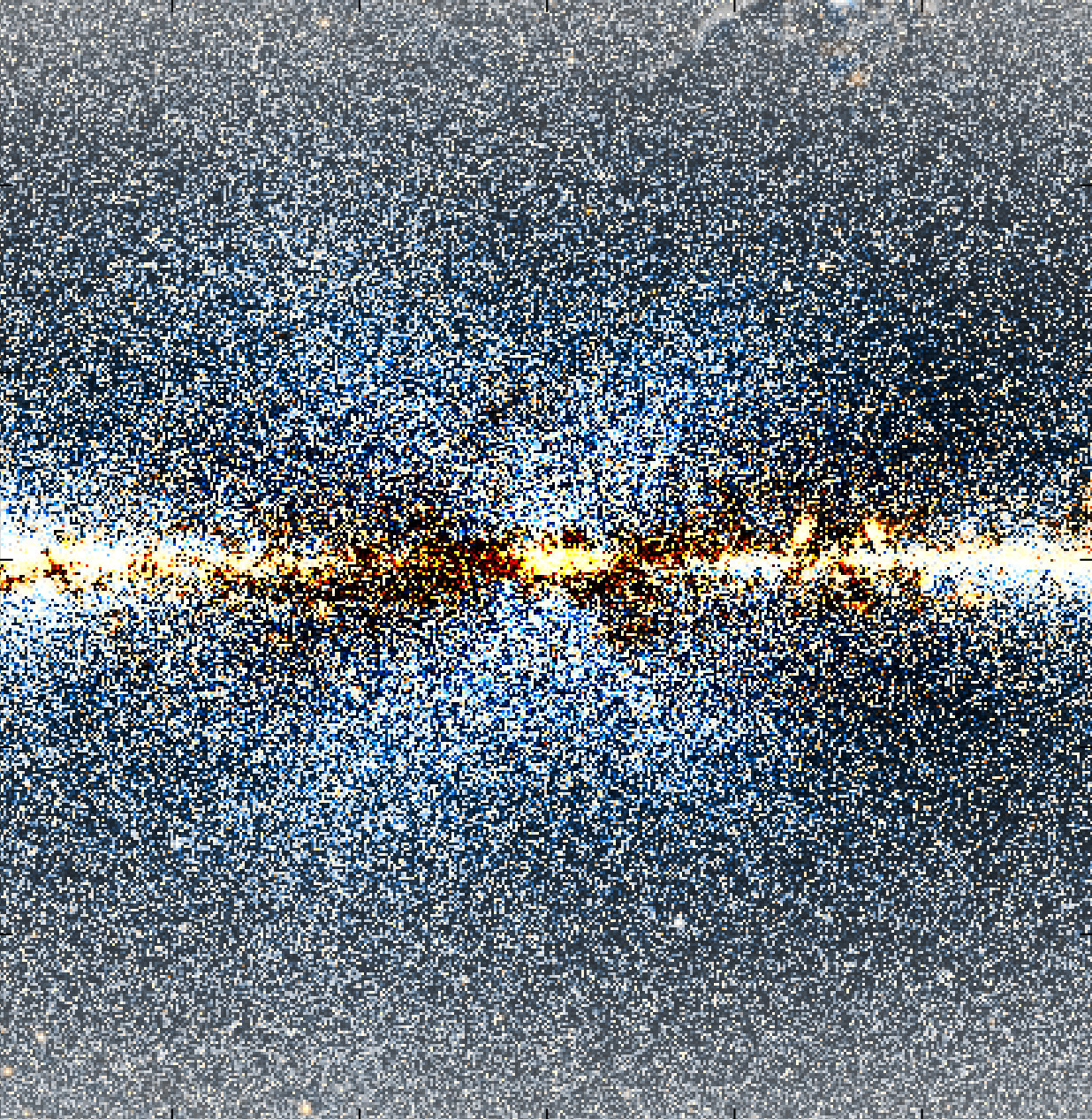
The results appear in the July issue of the Astronomical Journal. The lead author is Melissa Ness, a postdoctoral researcher at the Max Planck Institute for Astronomy in Heidelberg.
The Milky Way Galaxy is a barred spiral galaxy: a disc-shaped collection of dust, gas and billions of stars, 100,000 light-years in diameter. It is far from a simple disc structure, being comprised of two spiral arms, a bar-shaped feature that runs through its centre, and a central bulge of stars. The central bulge, like other barred galaxy’s bulges, resembles a rectangular box or peanut when viewed — as we view it — from within the plane of the galaxy. The X-shaped structure is an integral component of the bulge.
Astronomers think the bulge could have formed in two different ways: it may have formed when the Milky Way Galaxy merged with other galaxies; or it may have formed without the help of external influences as an outgrowth of the bar, which itself forms from the evolving galactic disc. Lang and Ness’s finding supports the latter model which predicts the box- or peanut-shaped bulge and the galactic X.
This latest, clearest view of the bulge emerged when Lang re-analysed previously released data from the Wide-field Infrared Survey Explorer (WISE), a space telescope launched by NASA in 2009. Before ending its initial mission in 2011, WISE surveyed the entire sky in infrared — imaging three-quarters of a billion galaxies, stars and asteroids.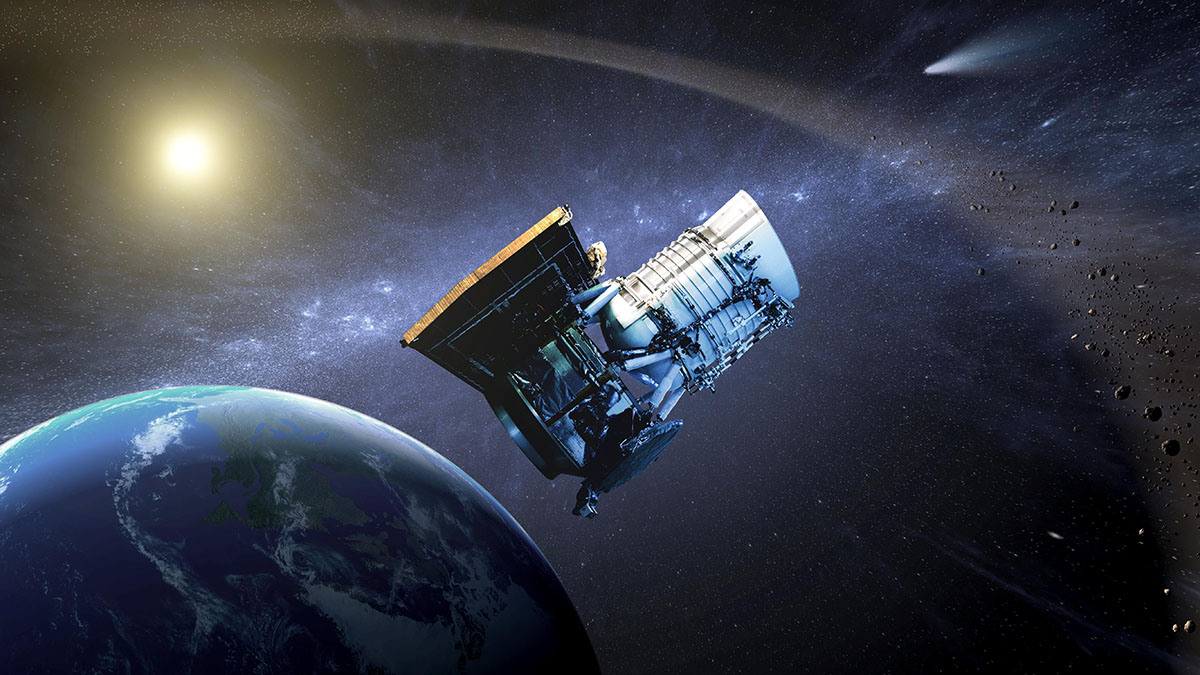
“The shape of the bulge tells us about how it has formed. We see the X-shape and boxy morphology so clearly in the WISE image and this demonstrates that internal formation processes have been the ones driving the bulge formation.”
It is also evidence that our galaxy did not experience major merging events since the bulge formed. If it had, interactions with other galaxies would have disrupted its shape.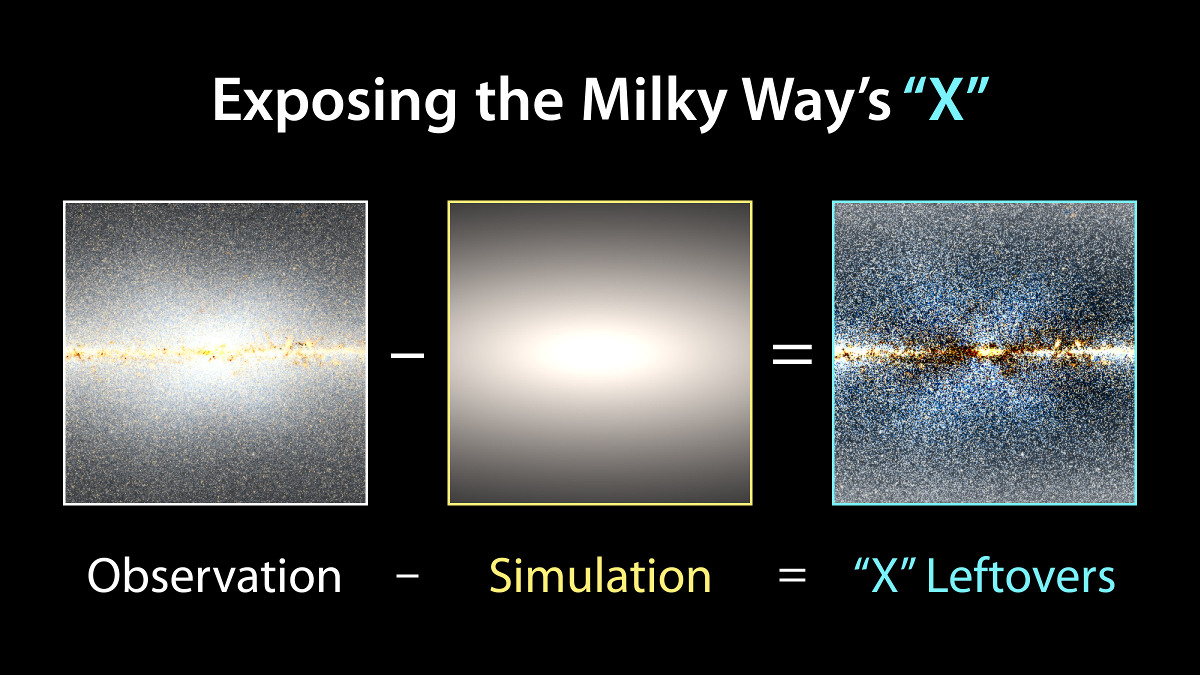
“Ness saw the tweet and immediately recognised the importance of the X-shaped structure,” says Lang. “We arranged to meet at an upcoming conference we were both attending. The paper was born from that meeting. That’s the power of large surveys and open science!”

